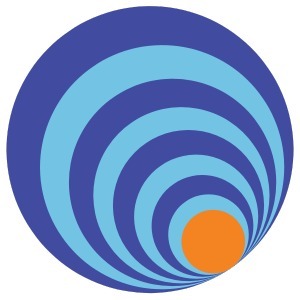There are no items in your cart
Add More
Add More
| Item Details | Price | ||
|---|---|---|---|
🔹 3. Working Below Surface Water Bodies (Rivers, Lakes, Ponds)Mining below water bodies is dangerous due to:
🔚 Conclusion

{{ONLINEMININGEXAM.COM}}
India's 1st Online Mining Academy Prepare for DGMS 1st Class & 2nd Class Mining Manager......